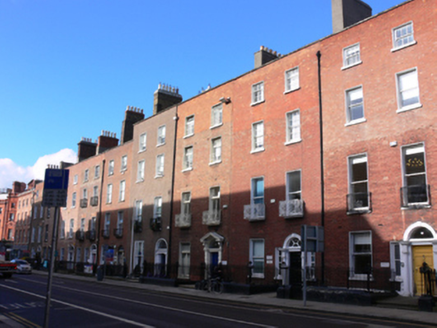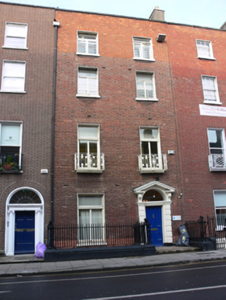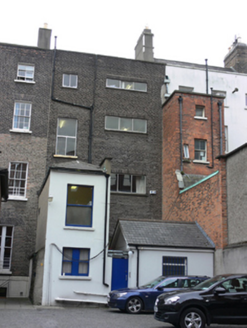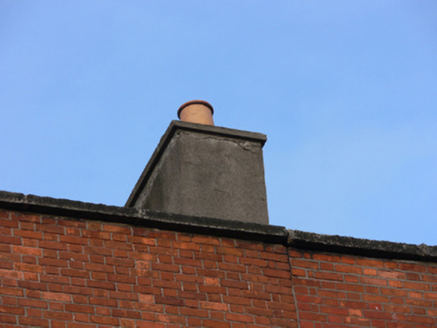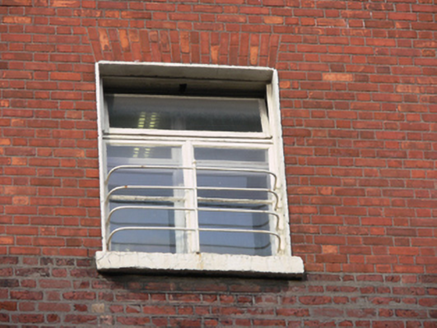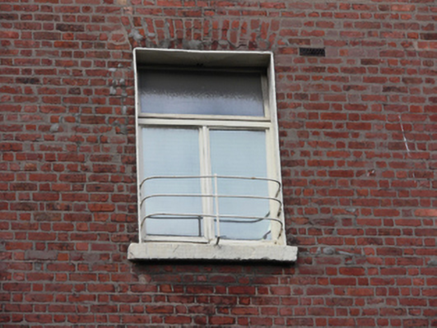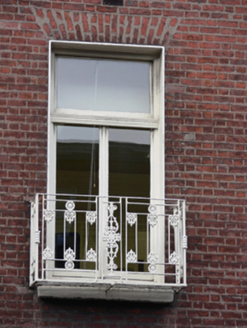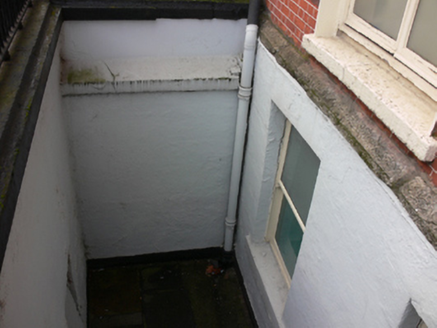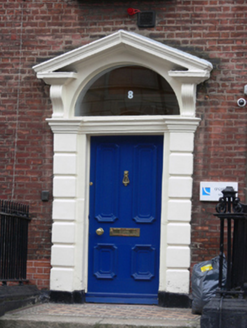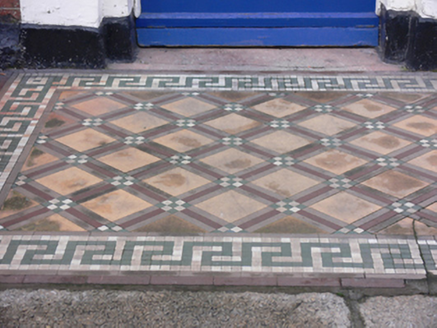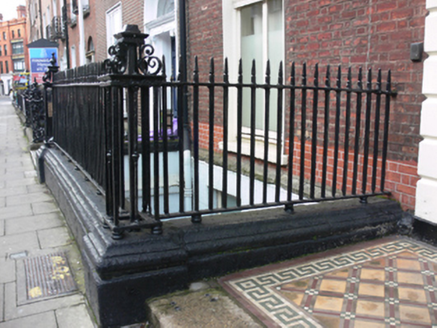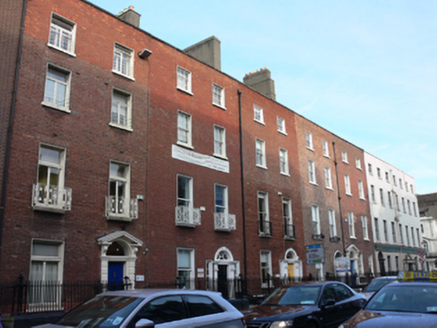Survey Data
Reg No
50020459
Rating
Regional
Categories of Special Interest
Architectural, Artistic, Historical, Social
Original Use
House
In Use As
Office
Date
1760 - 1780
Coordinates
316509, 233773
Date Recorded
24/03/2015
Date Updated
--/--/--
Description
Terraced two-bay four-storey former house over basement, built c.1770, having two-storey addition to rear (north-east) elevation. Now in use as offices. M-profile pitched slate roof concealed behind rebuilt red brick parapet with granite coping, rendered brick chimneystacks with some clay pots. Red brick, laid in Flemish bond, to walls, refaced to upper floor, cut granite plinth course over rendered walls to basement, brown brick, laid in English garden wall bond, to wall to rear. Square-headed window openings having raised render reveals, masonry sills, cast-iron balconettes to first floor and wrought-iron railings elsewhere, timber framed casement windows and one-over-one pane timber sliding sash windows. Round-headed door opening with broken-base pediment on moulded fluted console brackets, rusticated render pilasters, moulded cornice, plain fanlight, and timber panelled door. Wrought-iron railings having open-work square-profile piers on carved granite plinth wall enclosing basement area. Set back from Clare Street, approached by encaustic mosaic on granite step.
Appraisal
Clare Street was developed c.1762 by John Ensor for the sixth Viscount Fitzwilliam. This well executed Georgian terraced town house retains, according to Casey (2005), its original plan form. Cast-iron is used to good effect to enliven the façade, notably the balconettes, adding decorative interest. Shaw's Directory (1850) records W. Cotter Kyle, solicitor, as the occupier. Scale’s map of 1773 shows a stable lane to the rear.
